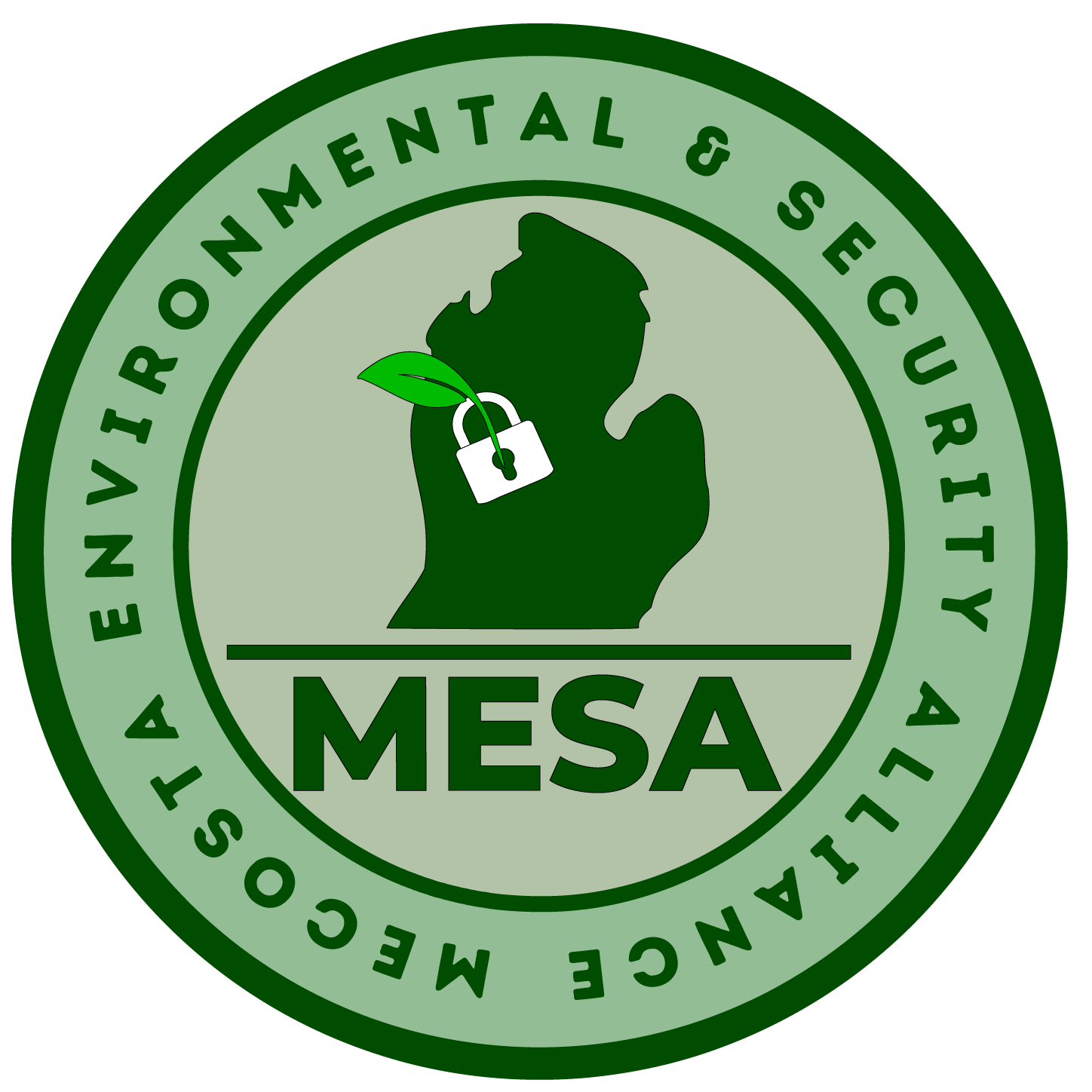Question: What kind of materials will Gotion be bringing into the area?
Gotion’s proposed battery manufacturing operations in the area involve transporting and utilizing several critical materials, some of which are known for their volatile nature. They have disclosed the use of specific substances essential for battery production, along with other “proprietary” materials, the details of which remain unclear and a source of concern for environmental safety.
List of Known Materials and Their Implications:
- Lithium Carbonate
- Iron Phosphate
- Synthetic Graphite
- Hydrofluoric Acid
- “Proprietary” Materials
The Three Safety Data Sheets (SDS) that were provided by Gotion.
OUR Research on these Chemicals
Lithium Carbonate:
A primary component in lithium-ion batteries, lithium carbonate is integral to battery production. However, its environmental impact is a matter of concern. If not handled and contained properly, lithium carbonate can lead to soil and water contamination, posing a threat to local ecosystems and water resources. The potential for environmental harm escalates with accidental spills or leaks.
- Overview and Uses: Lithium carbonate is primarily used in the production of lithium-ion batteries. It’s a critical component that contributes to the high energy density and recharging capability of these batteries.
- Environmental Impact: If not handled correctly, lithium carbonate can pose significant environmental risks. Accidental spills or improper disposal can lead to contamination of soil and groundwater. This contamination can disrupt local ecosystems, affecting both plant and animal life.
- Health Risks: Exposure to lithium carbonate can have various health effects. In humans, overexposure might lead to conditions such as hypothyroidism, hyperparathyroidism, and in extreme cases, kidney issues. Workers handling lithium carbonate need to adhere to strict safety protocols to avoid inhalation or skin contact.
- Containment and Management: Ensuring proper containment and management of lithium carbonate is essential. Facilities must have robust spill response plans and waste management strategies to prevent environmental contamination.
Iron Phosphate:
Iron phosphate is another material used in certain lithium-ion batteries. Its environmental risks emerge if it enters natural ecosystems, especially aquatic environments. The chemical can disrupt the ecological balance, impacting flora and fauna and potentially altering the chemical composition of water bodies.
- Usage in Batteries: Iron phosphate is used in lithium-ion batteries, particularly in those designed for high-rate discharge applications like electric vehicles. It’s valued for its stability and safety profile.
- Environmental Concerns: While iron phosphate is less toxic than other battery materials, it can still pose environmental risks if released in large quantities. In water bodies, excessive amounts can lead to eutrophication, disturbing aquatic life.
- Health Risks: Direct exposure to iron phosphate can cause irritation to the skin, eyes, and respiratory system. In industrial settings, workers must use protective equipment and adhere to safety guidelines to minimize exposure.
- Safe Handling and Disposal: Iron phosphate requires careful handling and disposal. Facilities should implement proper storage, handling procedures, and emergency response plans to mitigate accidental releases into the environment.
Synthetic Graphite:
As an electrode material in batteries, the production of synthetic graphite can result in toxic by-products. These by-products, if not properly managed and contained, pose a significant risk of contaminating soil and water sources, leading to broader environmental hazards.
- Role in Battery Production: Synthetic graphite is used as an electrode material in lithium-ion batteries. Its high electrical conductivity and ability to withstand high temperatures make it ideal for this purpose.
- Environmental and Health Risks: The production process of synthetic graphite can lead to the release of harmful pollutants, including PAHs (polycyclic aromatic hydrocarbons), which are carcinogenic. These pollutants can contaminate air and water, posing risks to both environmental and human health.
- Worker Safety: In manufacturing facilities, workers exposed to synthetic graphite dust can experience respiratory problems and skin irritation. Facilities must ensure proper ventilation, use of personal protective equipment, and regular health check-ups for employees.
- Management of By-products: The management of by-products from synthetic graphite production is crucial. Companies must treat and dispose of waste materials in compliance with environmental regulations to prevent contamination.
Hydrofluoric Acid:
One of the more alarming substances used in battery manufacturing is hydrofluoric acid, known for its extreme corrosiveness. Its potential release into the environment is a grave concern, as it can cause severe ecological damage. Hydrofluoric acid is not only harmful to wildlife but also poses substantial health risks to humans, with the capability to contaminate both water sources and soil.
- Usage in Industry: Hydrofluoric acid is used in various industrial processes, including battery manufacturing. It’s highly effective but also extremely dangerous due to its corrosive nature.
- Severe Health Risks: Hydrofluoric acid poses severe health risks. Skin contact can lead to deep, severe burns and systemic toxicity. Inhalation can damage the lungs and respiratory system. It requires stringent safety measures, including the use of specialized protective equipment.
- Environmental Hazards: If released into the environment, hydrofluoric acid can cause significant damage to ecosystems. It can lead to soil acidification and water contamination, severely affecting wildlife and plant life.
- Stringent Containment Measures: The handling and storage of hydrofluoric acid require rigorous safety protocols. Facilities must have emergency response plans for spills, including neutralization and containment measures to prevent environmental and human exposure.
Concerns over “Proprietary” Materials:
- In addition to these known substances, Gotion has mentioned the use of “proprietary” materials in their processes. The lack of transparency regarding these materials adds another layer of uncertainty and concern. Without clear information on what these substances are, it becomes difficult to assess their potential environmental impact and to prepare adequate safety and containment measures.
In summary, the materials that Gotion plans to bring into the area for battery manufacturing are not without environmental risks. The use of substances like lithium carbonate, iron phosphate, synthetic graphite, and hydrofluoric acid necessitates stringent management and containment strategies to prevent contamination and ensure ecological safety. Moreover, the ambiguity surrounding the proprietary materials Gotion intends to use underscores the need for greater transparency and thorough environmental scrutiny before the commencement of their operations.

